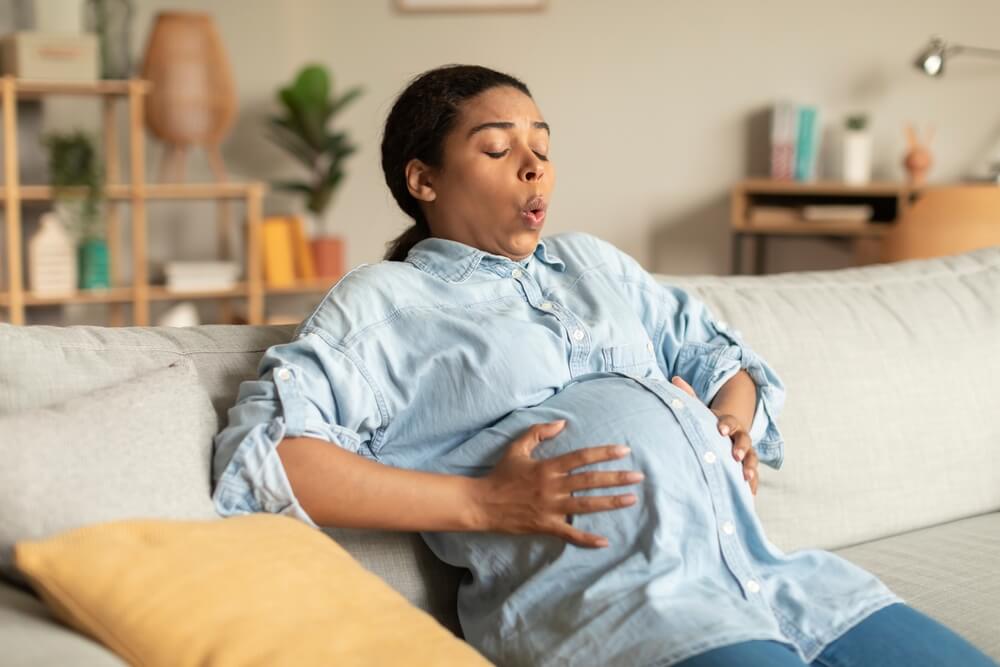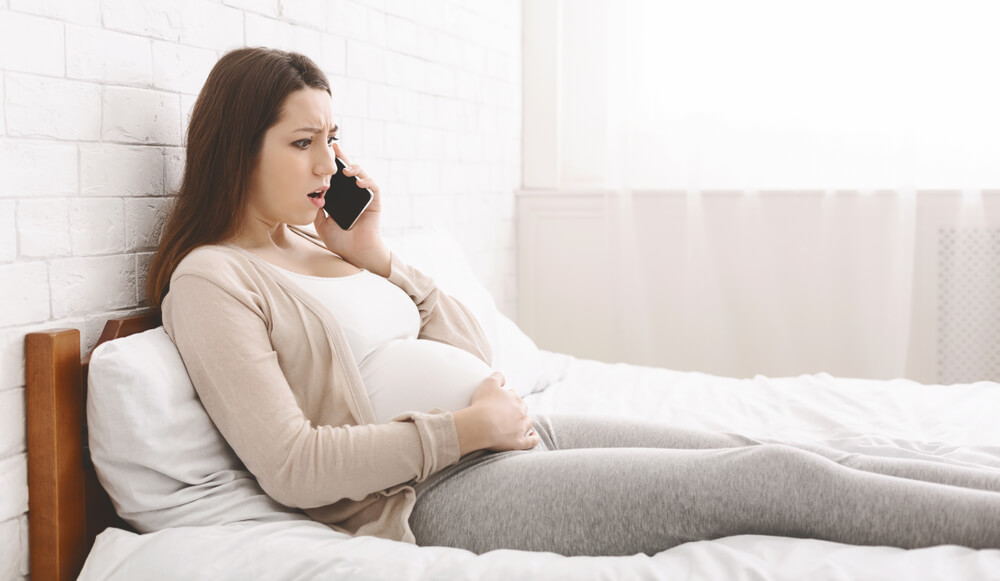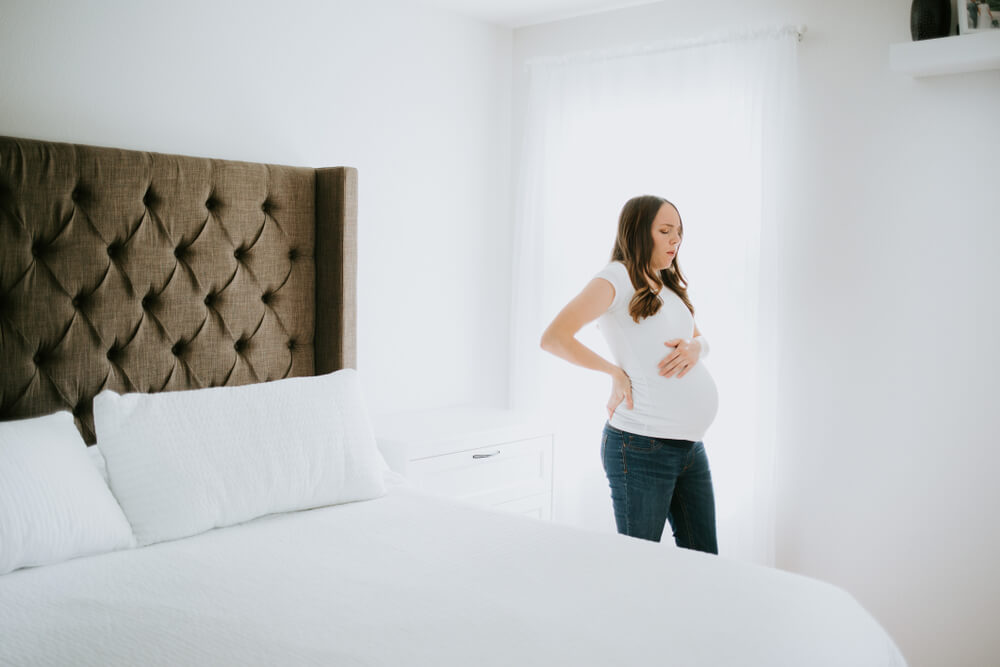If you’re pregnant or planning to conceive, chances are you’ve come across the term “Braxton Hicks contractions” in your research. These false labor contractions can cause confusion and worry for many expectant mothers, especially first-time moms. Luckily, in this comprehensive guide, we will walk you through everything you need to know about Braxton Hicks contractions, from distinguishing them from real labor contractions to when they typically start and how they feel.
As you read on, we’ll answer common questions like “What do Braxton Hicks feel like?”, “How long do Braxton Hicks last?” and “Are they a sign of preterm labor?”. We’ll also explore prodromal labor and what to do about it.
That said, if you ever need help or support during your pregnancy journey, don’t hesitate to contact Pregnancy Care Center in Plantation, Florida. Keep reading for the rest.
Braxton Hicks Contractions in a Nutshell
Braxton Hicks contractions, also known as “practice contractions,” are common during pregnancy. They are named after the British physician who first described them in the 1800s. These contractions are intermittent and usually painless, although some women may experience mild discomfort.
The purpose of Braxton Hicks contractions is to prepare the uterus for labor by toning the muscles and increasing blood flow. They can start early, even in the second trimester, but are more common in the third trimester. Many women describe Braxton Hicks contractions as feeling like a tightening or squeezing sensation in their abdomen.
Anyone who is pregnant can experience Braxton Hicks contractions. However, they may be more common in women with previous pregnancies, as their uterine muscles are already accustomed to the process. Additionally, dehydration, overexertion, and a full bladder can increase the likelihood of experiencing Braxton Hicks contractions.
It’s important to note that Braxton Hicks contractions are not the same thing as false labor contractions. False labor contractions, also known as prodromal labor, can feel very similar to real labor contractions, but do not result in cervical dilation or the baby’s birth. In contrast, Braxton Hicks contractions do not cause cervical dilation and are not a sign of labor starting.
While Braxton Hicks contractions may be uncomfortable, they are a normal and natural part of pregnancy. If you are ever unsure whether you are experiencing true labor or Braxton Hicks contractions, it’s always best to consult your healthcare provider.
What Do Braxton Hicks Feel Like?

Braxton Hicks contractions can feel different for each woman, but they are typically described as a tightening or squeezing sensation in the abdomen. Many women report feeling like their belly is hardening or like a wave is passing through their abdomen. These contractions can last for a few seconds or up to a minute and may occur sporadically throughout the day or more frequently in the evening.
So, what does Braxton Hicks feel like? Are they painful?
While Braxton Hicks contractions are usually painless, some women may experience mild discomfort or cramping. Braxton Hicks contractions can be painful in rare cases, but this should be discussed with a healthcare provider.
It’s worth noting that not all women experience Braxton Hicks contractions during pregnancy, and some may not notice them at all. However, if you do experience Braxton Hicks contractions, it’s important to remember that they are a normal part of pregnancy and are not usually a cause for concern.
Don’t hesitate to seek support and guidance during this exciting time. If you have any questions or concerns about Braxton Hicks contractions or are experiencing any pain or discomfort, it’s always best to consult with your healthcare provider. When in doubt, book an appointment with Broward Complete OB-GYN Wellness Center.
When Do Braxton Hicks Start?
As an expecting mother, you may feel Braxton Hicks contractions as early as you enter the second trimester. However, in most cases, experiencing these contractions in the third trimester is more common. These practice contractions become more frequent and noticeable as the due date approaches and signify that the body is preparing for labor. When it comes to the question of “when do Braxton Hicks start?” it may also be wise to consult with your medical professional for more personalized advice.
Where Do Patients Deel Braxton Hicks Contractions the Most?
Braxton Hicks contractions are typically felt in the abdomen, as they are caused by the uterus contracting and tightening. While some women may feel contractions in their back or pelvic area, most of the sensation is usually felt in the belly.
True vs. False Labor Contractions: Things to Know
It can be challenging to distinguish between actual labor and Braxton Hicks contractions, especially for first-time mothers. However, there are a few key differences that can help you identify which type of contraction you are experiencing:
True Labor Contractions Briefly:
- Become stronger and more intense over time
- Are usually coupled with lower back pain or cramping
- Are felt in regular intervals and do not go away with rest or a change in position
- May cause the cervix to dilate and efface
Braxton Hicks Contractions Briefly:
- Are usually sporadic and irregular
- Tend to be less intense than true labor contractions
- May possibly go away with rest or a change in position
- Do not lead to the dilation of the cervix
It’s important to remember that every woman’s experience with labor and delivery is unique, and not
all labors follow the same pattern. However, if you are experiencing any pain or discomfort or have any concerns about your contractions, it’s always best to consult your healthcare provider.
What Can Cause False Labor Contractions?
The exact causes behind Braxton Hicks contractions aren’t entirely clear, but it is believed to be related to the stretching and thinning of the uterus as the body prepares for labor. Factors that can trigger these contractions include:
- Dehydration
- A full bladder
- Strenuous activity
- Sexual activity
- Fetal movement
- Stress or anxiety
While Braxton Hicks contractions are not usually a cause for concern, it’s essential to stay hydrated and avoid overexertion, as this can lead to more frequent and uncomfortable contractions.
Treating Braxton Hicks Contraction: Must-Know Facts

Braxton Hicks contractions are natural occurrences during pregnancy and are usually not a cause for concern. While they can be uncomfortable, there are several ways to cope with them and ease any discomfort you may be feeling.
Here are some tips for coping with Braxton Hicks contractions:
- Change positions: Sometimes, easy things, like changing positions, can help alleviate the discomfort stemming from these contractions. Lie down on your left side, as this can help increase blood flow to the uterus.
- Drink water: Staying hydrated is vital during pregnancy and can also help reduce the frequency and intensity of Braxton Hicks contractions. Try to stay hydrated throughout the day.
- Take a warm bath or shower: A warm bath or shower can help loosen your muscles and ease any discomfort you may be feeling.
- Practice relaxation techniques: Breathing exercises, visualization, and meditation can all effectively reduce stress and tension, which can trigger Braxton Hicks contractions.
Remember, there is no way to completely eliminate false contractions, as they are a natural part of pregnancy. However, they usually go away with time and are not a sign of preterm labor or any other complications.
Give Us a Call Today
If you are experiencing frequent or painful contractions or have any concerns about your pregnancy, it’s always best to consult your healthcare provider.
The Broward Complete OB-GYN Wellness Center professionals are always available to answer your questions and provide personalized care throughout your pregnancy journey. Book an appointment today.


